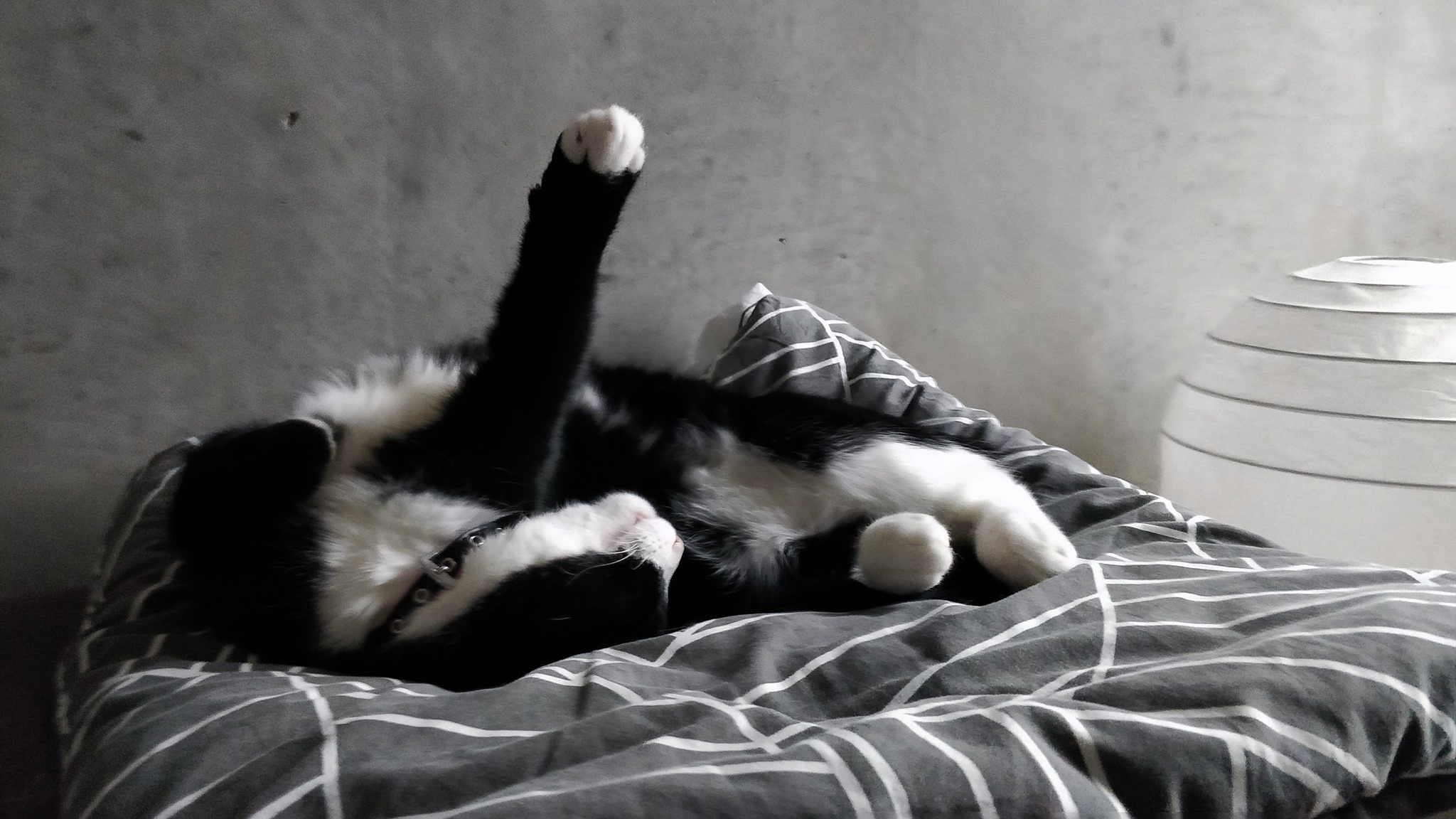Domestic cats are nowadays a common presence in our life. They are loved by many, but others are concerned about their negative impact on the surrounding environment. The aim of this project is to investigate what kind of prey Danish domestic cats bring back home, and what cat owners think about having cats as pets.
In a multidisciplinary team supervised by our science advisor and coached by professors of Citizen Science methods, we tried to combine knowledge of biology with competencies in media, design, journalism and data handling.
What prey do cats bring home? Are cat owners aware of the negative impact their cat might have, and are they willing to take action to mitigate negative aspects? These are the questions we are investigating.
This citizen science project is a downsized version of what can be done on a bigger scale in Denmark, focusing on getting an answer on two main questions:
1. Which gender of cat bring home most prey?
2. Do cat owners' opinions change regarding having a cat, when they get exposed to scientific information about cats’ hunting habits?
In the process of involving citizens in this project, we tried new ways of gathering and analyzing data via social media and local newspapers, creating a Facebook page as mediator vehicle of communication and a Web page (together with a Blog) in which we are posting insights of the research.
Our Blog with videos and pictures: https://www.thecattrackerproject.com/blog
Links to project webspaces :
Web page: https://www.thecattrackerproject.com/
Facebook page: https://www.facebook.com/thecattrackerproject/
|
Students: |
|
Science advisor |
|
Caroline Pedersen, MSc Biology, Odense /BSc Biology |
|
Owen Jones |
